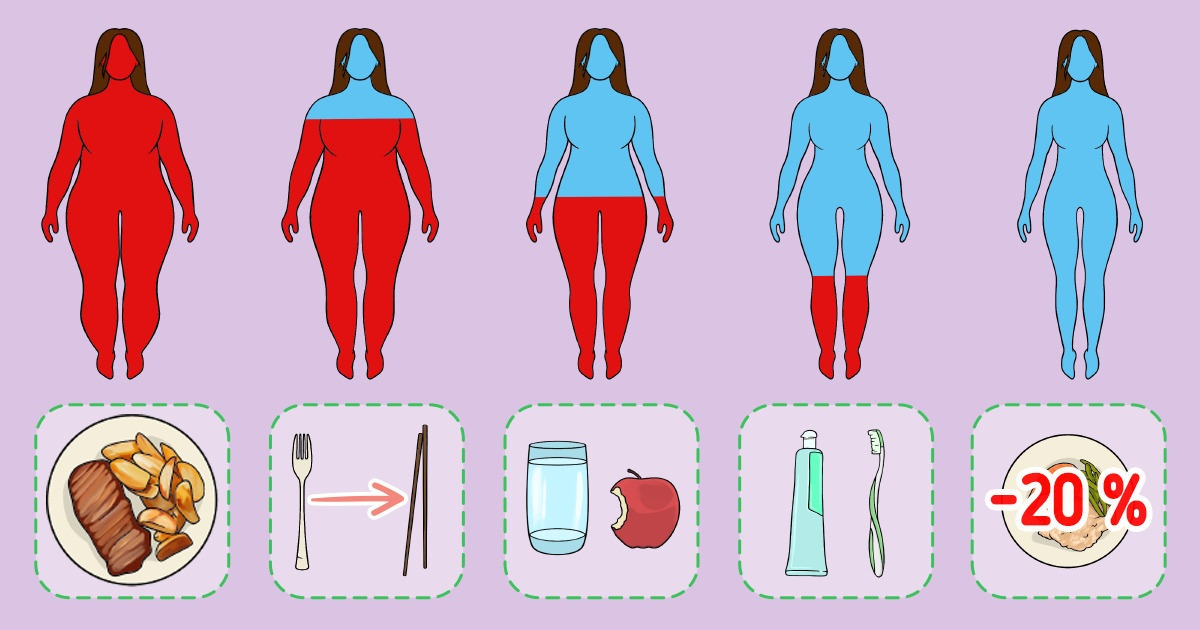
How to Eat Less and Feel Full
There are so many culinary temptations around that it’s sometimes difficult to resist and control the amount of food you eat. But frequent overeating leads to the fact that the stomach stretches and gets used to larger volumes of food, and you stop feeling full after eating less. This can result in becoming overweight and having health problems.
5-Minute Crafts put together some recommendations that can help you eat less and feel full at the same time.
Drink water.
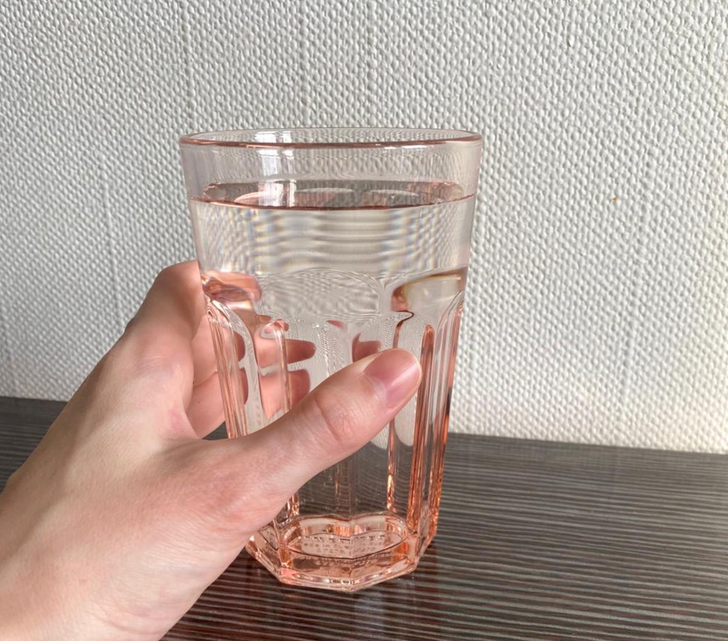
Sometimes we confuse hunger with thirst and think we’re hungry when all we really need is a glass of water. On average, it’s recommended to drink about 2 liters of water per day.
A person feels full when their stomach expands. Sometimes it can be just filled with water. For example, drinking water 30 minutes before a meal can trick your stomach.
So, drinking a glass of water before a meal will help you eat less.
Eat slower.
When we eat fast, the brain doesn’t have enough time to recognize the feeling of satiety. By eating slowly, you will feel full, even after small portions.
Remember that there are approximately 20 minutes between the start of your meal and the brain receiving the message that your stomach is full.
Eat mindfully.
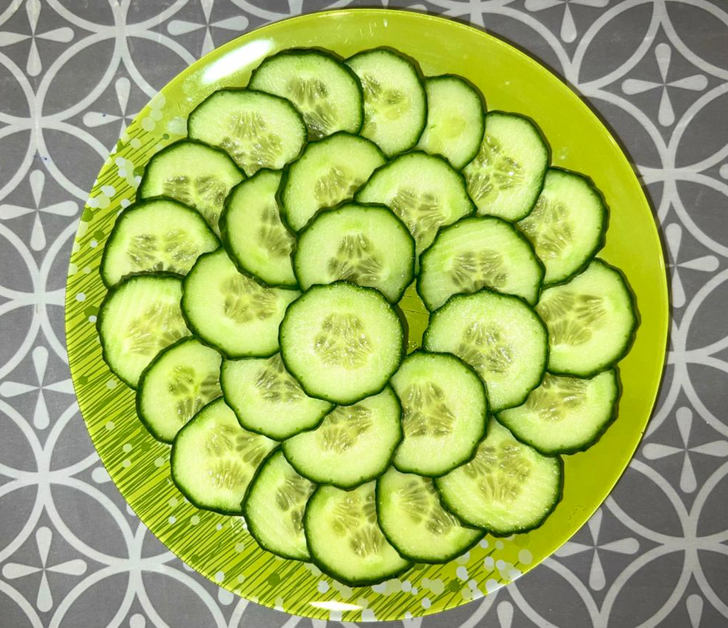
Mindful eating is the practice of contemplating what you eat and focusing on how you feel about food.
Thanks to this approach, you become aware of food in all its aspects: you experience not just its taste but also how it makes you feel. At this point, you better feel and understand the smell, look, and texture of the food.
Say nice things to yourself.
With constant restrictions on food, your willpower may let you down at some point. At this time, the most important thing is to get away from the negativity that can provoke overeating. Start a positive dialogue with yourself. Encourage and motivate yourself.
Put treats out of sight.
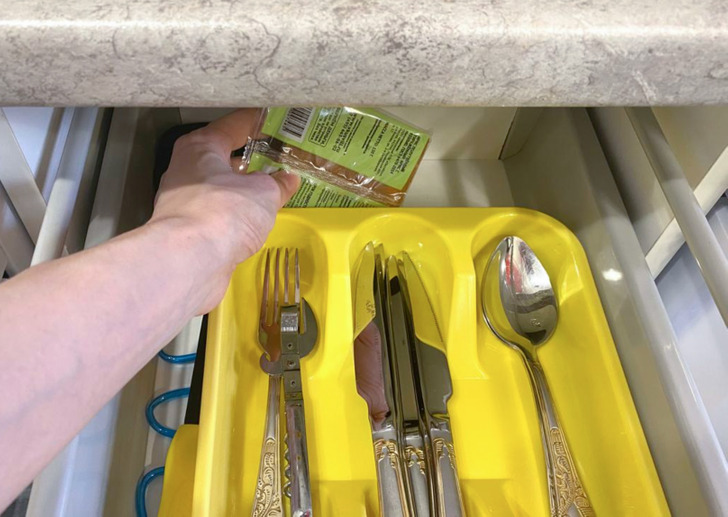
To avoid mindless snacking, put all those tasty yet high-calorie and not-very-healthy treats out of your sight. Put the cookies and sweets in a far off drawer, and hide the ice cream deeper in the freezer.
Eat at home.
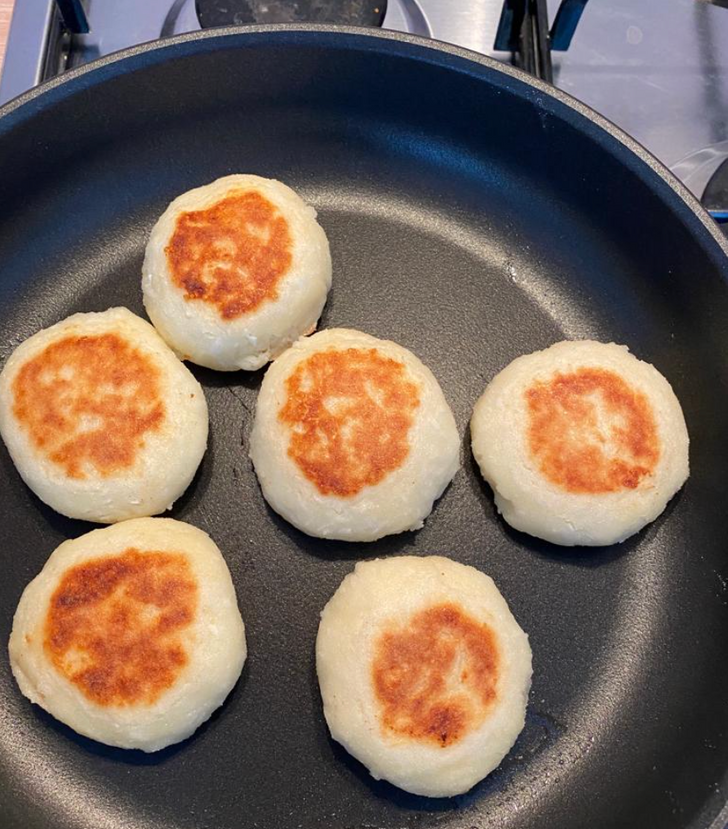
Cook and eat at home. This will give you more control over what you eat.
Add more protein to your diet.
Protein takes longer to digest than carbs do, which means you’ll stay fuller for longer. For example, eating protein for breakfast can help you eat fewer calories throughout the day.
Vegetarians, in this case, can use protein shakes or give preference to plant-based protein.
Change your dishes.
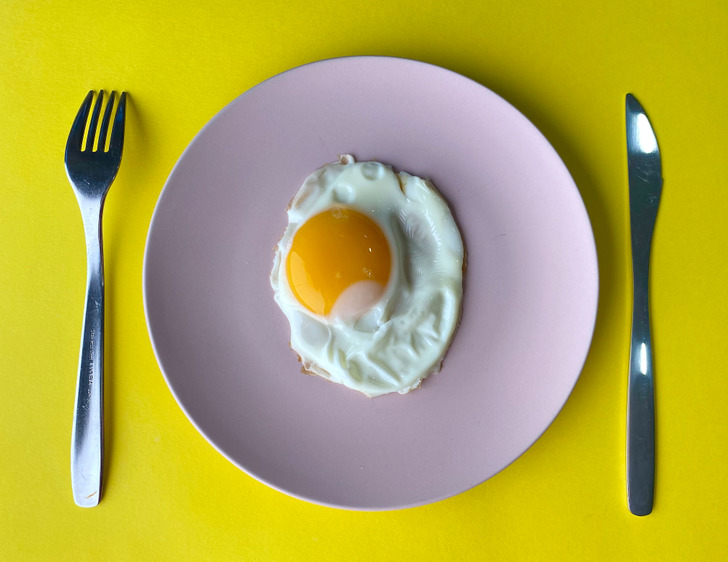
Change your usual dishes to smaller ones. When you eat from small plates or bowls, your brain thinks you are eating more food than you actually are.
Also, choose dishes of bright colors that don’t match the color of the food you’re eating. The contrasting colors of the dish and food let you see how much food you put in. If you have white rice on a white plate in front of you, you’re risking eating too much of it.
Don’t eat snacks straight from the package. You should put them in a bowl. For example, you will eat more ice cream, chips, or popcorn if you eat them straight from the package.
Take small pieces.
Try to put less on your fork or spoon. This way, you will chew food better and enjoy what you’re eating more.
Substitute unhealthy food for healthy alternatives.
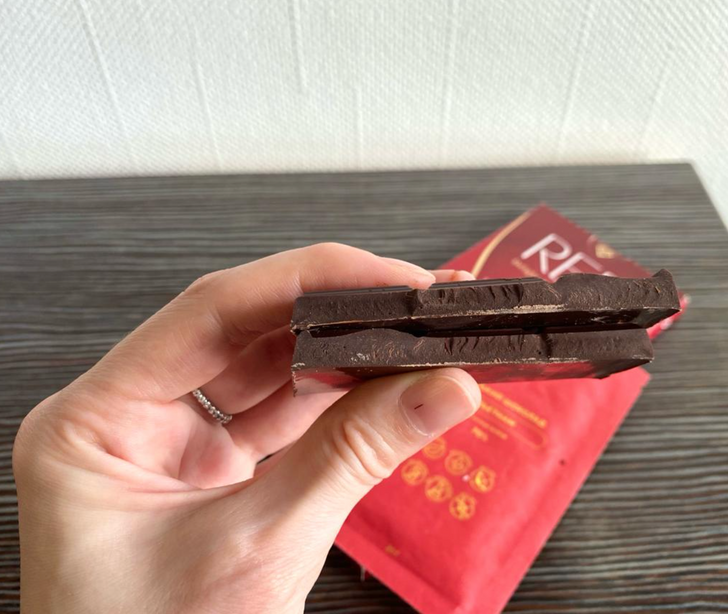
Try to eat healthier without giving up your usual foods. Just substitute regular bacon for lean bacon, opt for a piece of lean meat for your steak, and take dark chocolate instead of milk chocolate.
Dine in the dark.
Keep meals simple.
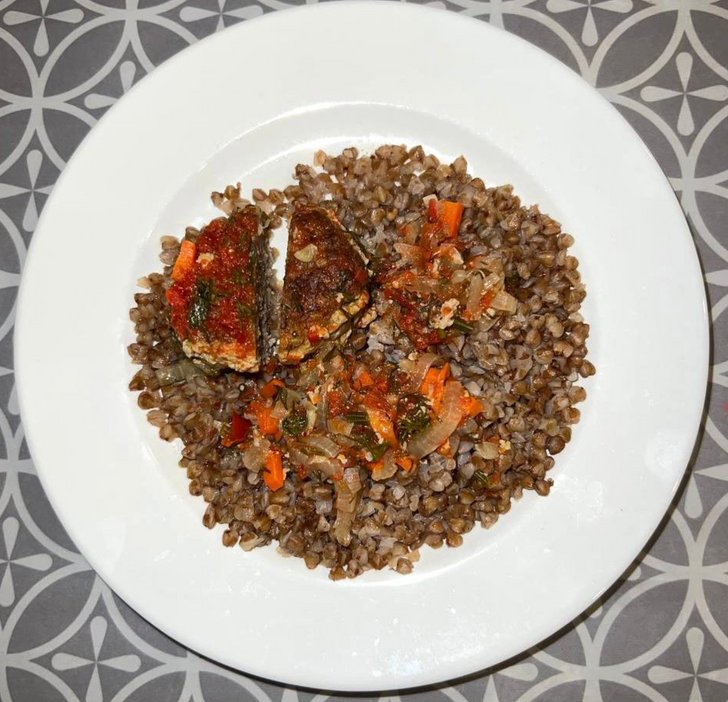
Try not to eat foods with flavor enhancers and opt for simple meals. This way, you will eat less.
Eat with the wrong hand.
If you are right-handed, try eating with your left hand, and vice versa. The fact is that eating with your non-dominant hand helps you eat about 30% less. If you are not very skilled with chopsticks, you can try eating with them too. The effect should be the same.
Make your portions 20% smaller.
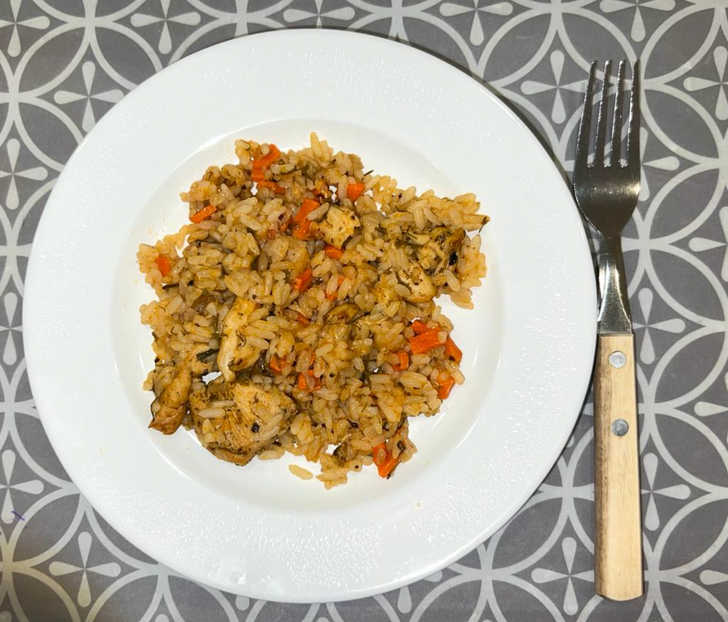
It’s believed that in order to lose extra pounds, you don’t have to go on a diet, it’s enough just to cut your usual portions by 10%-20%.
So, if you typically give yourself 4 ounces of rice, reduce the portion to 3.6 ounces. At the same time, you can add 20% more vegetables to your meal. This will not only boost your nutrient intake but it’ll also make you full.
Chew thoroughly.
Nowadays, many people suffer from a constant lack of time and, as a result, eat very quickly. However, this is not a good habit. People who chew slowly digest food better and feel full faster.
Eat more vegetables and fruit.
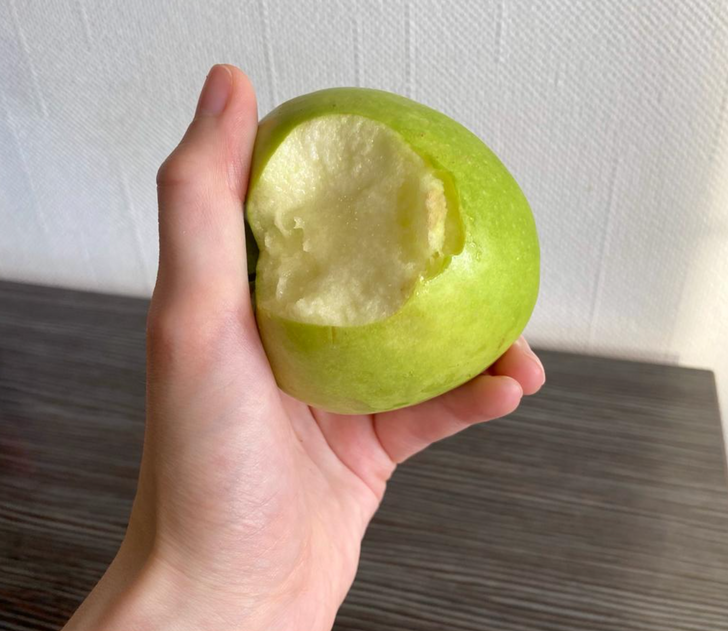
Try eating a light vegetable salad before your main meal. This way, you’ll increase the consumption of healthy vegetables and reduce the portion size of the main dish.
A salad can be replaced with an apple. It will increase your fiber intake, and you will feel full, even with a smaller portion of the main dish.
Keep a photo diary.
Take a photo of every meal you eat on your phone and review the photos approximately every 5 days. This way, you can analyze your diet and think about what you can change or improve on. Perhaps you’d want to swap out sugar-filled snacks for healthier alternatives.
Brush your teeth.
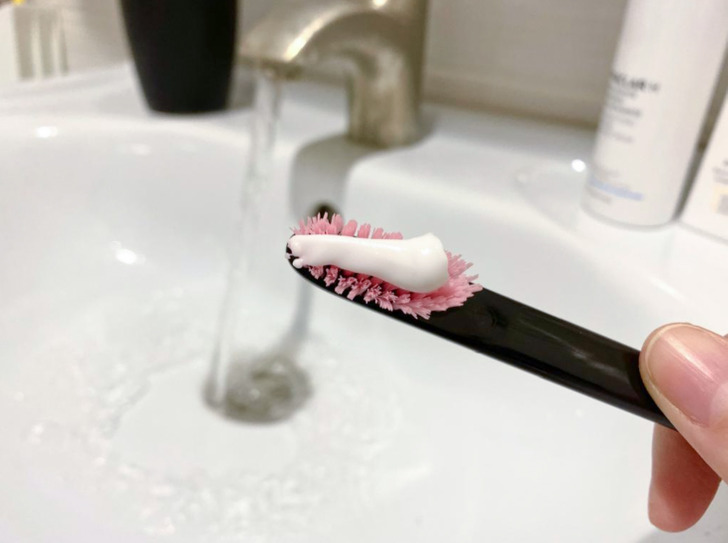
Brushing your teeth after dinner can help you avoid the temptation to have a snack at night. Otherwise, you’ll have to brush your teeth again.